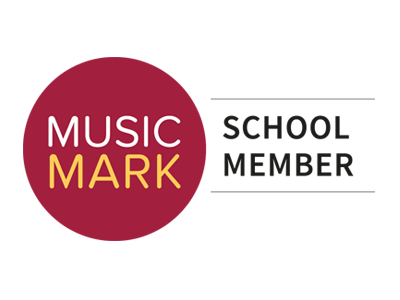Maths – Year 3
Download
Download our Year 3 Maths curriculum here.
| Topic | Description |
| Counting and Ordering | Count up and down in tenths. Compare and order numbers up to 1000. |
| Numbers and more/less | Read and write numbers up to 1000 in numerals and in words. Find 10 or 100 more or less than a given number. |
| Place value and decimals | Recognise the place value of each digit in a three-digit number. |
| Table and Multiples | Count from 0 in multiples of 4, 8, 50 and 100. Recall and use multiplication and division facts for the 3, 4 and 8 multiplication tables. |
| Bonds, Facts and Special numbers | |
| Calculations + and – | Add and subtract numbers mentally, including: a three-digit number and ones, tends and hundreds. Add and subtract numbers with up to three digits, using formal written methods Solve problems, including missing number problems. |
| Calculations x and ÷ | Write and calculate mathematical statements for multiplication and division using the multiplication tables that they know. Multiply two-digit numbers by one-digit numbers, using mental and progressing to formal written methods. Solve problems, including missing number problems. |
| Fractions and percentages | Recognise, find, name and write fractions of a discrete set of objects: unit fractions and non-unit fractions with small denominators. Add and subtract fractions with the same denominator within one whole (e.g. 5/7 + 1/7 = 6/7). Compare and order unit fractions, and fractions with the same denominators. |
| Time | Tell and write the time from an analogue clock, including using Roman numerals from I to XII, and 12-hour and 24-hour clocks. Estimate and read time with increasing accuracy to the nearest minute; Know the number of seconds in a minute and the number of days in each month, year and leap year. |
| Measurement | Measure, compare, add and subtract: lengths (m/cm/mm); mass (kg/g); volume/capacity (l/ml). Measure the perimeter of simple 2-D shapes. Add and subtract amounts of money to give change using both £ and p in practical contexts. |
| Properties of shape | Draw 2D shapes and make 3D shapes using modelling materials. Recognise 3D shapes in different orientations and describe them. Recognise angles as a property of shape or a description of a turn. Identify right angles, recognise that two right angles make a half-turn, three make three quarters of a turn and four a complete turn; identify whether angles are greater than or less than a right angle. Identify horizontal and vertical lines and pairs of perpendicular and parallel lines. |
| Position and Direction | |
| Statistics | Interpret and present data using bar charts, pictograms and tables. Solve one-step and two-step questions (e.g. ‘How many more?’ /‘How many fewer?’) using information presented. |










